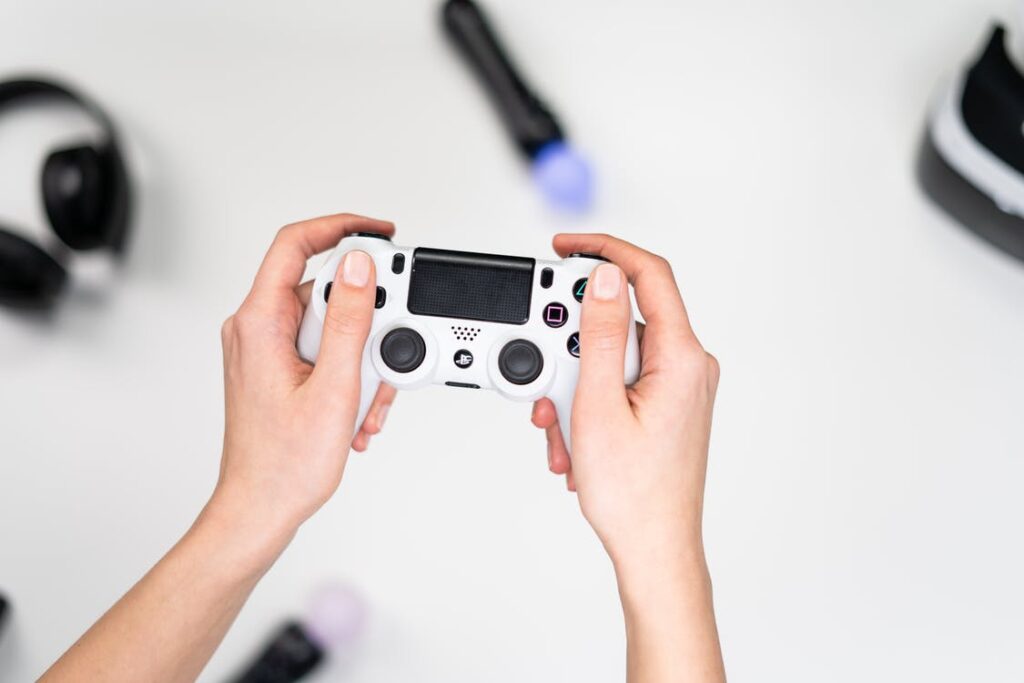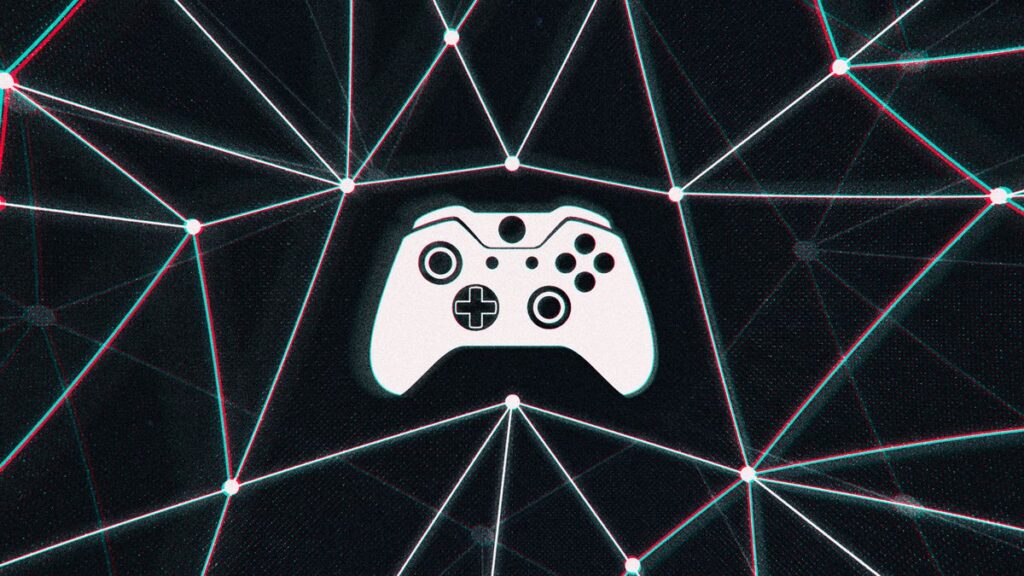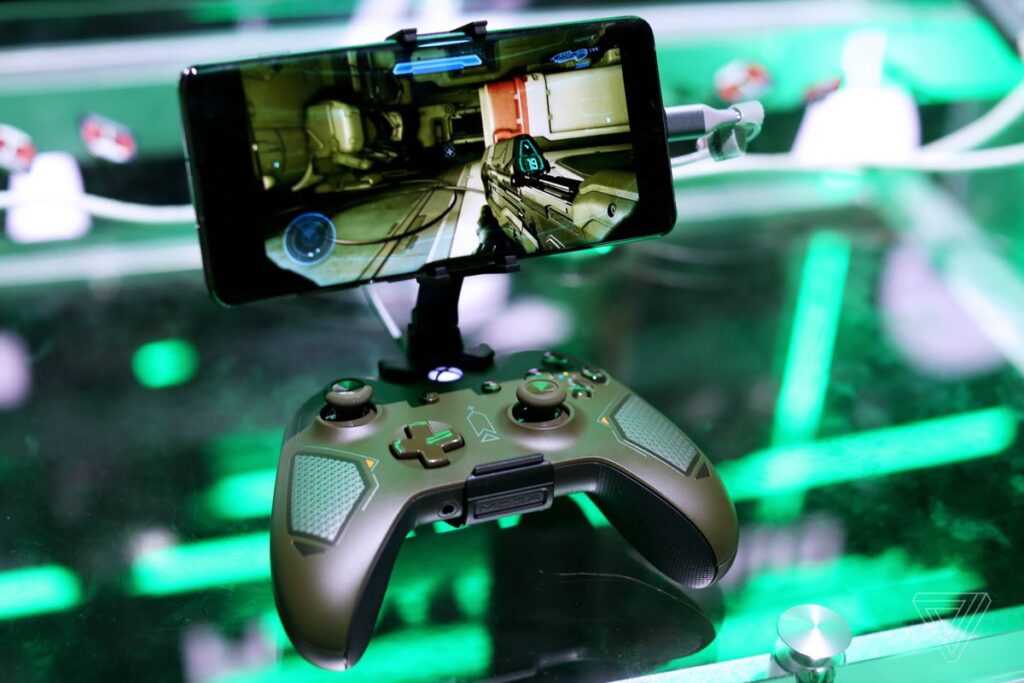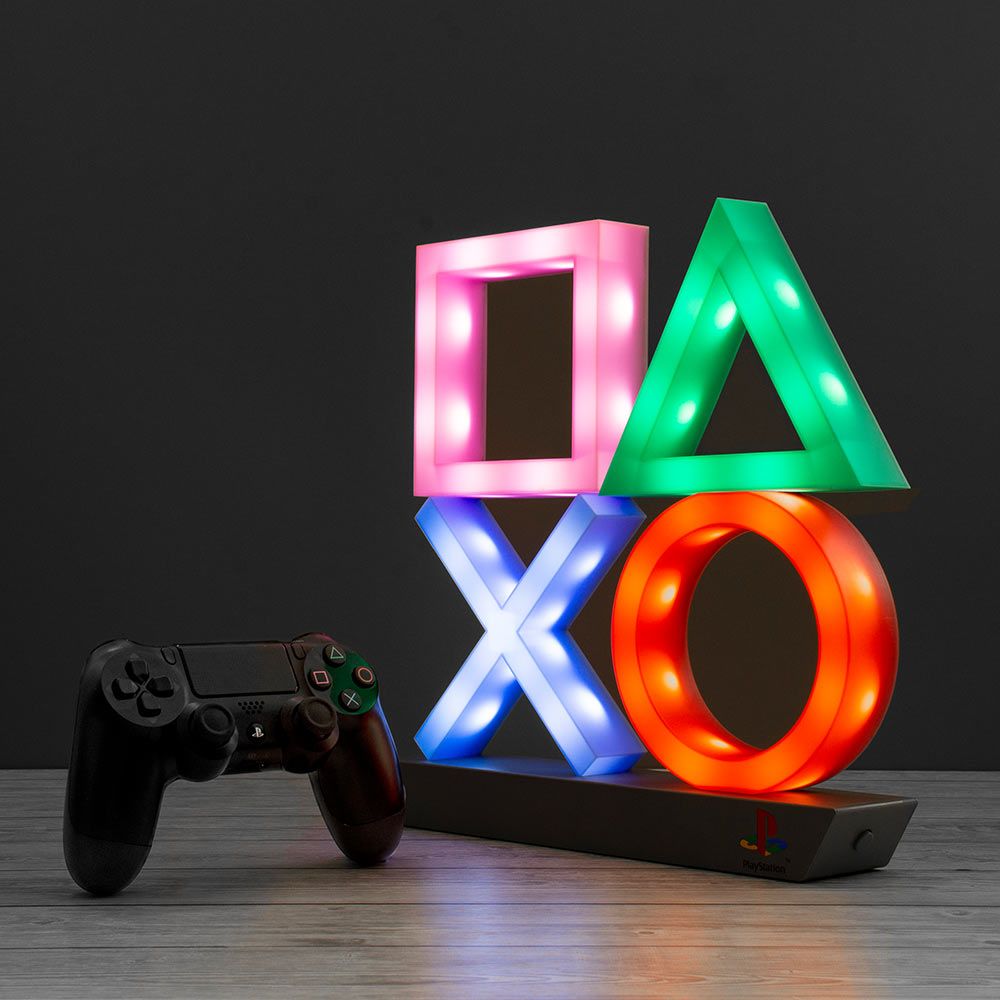
Most readers should be familiar with Netflix: As soon as you have a subscription, you can select a film or series episode from an offer in an application. Netflix then gradually sends the file to your player from a nearby server over the Internet.
Cloud gaming works in a very similar way: Basically, Stadia and Co. only transmit a video with sound to your home. The actual work does not take place on your gaming device, but on the provider’s servers – huge graphics cards, hungry CPUs, and loads of RAM work there. The only big difference is that you not only receive data packets but also send them. After all, you have to control the game somehow using your mouse, keyboard, or controller.
This creates a fundamental problem: latency. There may be several federal states between your home and the data center. While Netflix and Amazon Prime can conveniently preload the video, a game stream has to react quickly, within a few milliseconds. And that’s a time factor that you can feel in video games.
While this problem was considered almost impossible to solve a few years ago, all current providers have found their tricks to reduce control latency to an acceptable minimum. Google has even gone so far as to claim that Stadia should receive a so-called “negative latency”. In the future, the software should analyze the game and guess in advance when you will press a key. Google calls this negative latency because it should be lower than on home gaming PCs. Thus, action-packed online games should not expect too much at the moment, because a few frames of delay can make the difference between victory and defeat. Another point of criticism, however, will remain: If the servers are not accessible or overloaded, enjoyable gaming is a scythe. Of course, PCs and consoles also have their problems, but at least not this one.
4K, HDR, Surround, and Co.

Overall streaming quality is only one side of the coin. It’s great when the game runs smoothly and without unsightly picture interference, but current PCs, consoles, and televisions can do a lot more. For example, the HDR contrast feature is not supported by all services.
4K quality streams are only available from Shadow and Stadia. At Google, however, the feature has so far been given an asterisk: on the one hand, many “4K” games are only upsampled from 1080p and upgraded slightly, on the other hand, most users can only access the feature via the Chromecast Ultra. The function is currently being rolled out step by step via the Chrome browser. With Shadow, on the other hand, there is unabashed 4K enjoyment, even up to 144 fps. However, the GTX 1080 graphics card in the Shadow data centers is not designed to provide such quality even for demanding games.
Apps

One of the best possible uses of Gamestreams is on smartphones and tablets: Due to the smaller display, the services can reduce the quality without being noticed. So you can enjoy your favorite games in the WLAN in the bedroom, during your lunch break, or at a really boring party, even if there is no ax router on the fiber-optic network. More so, users can also enjoy very fun and popular casino app games such as Slotpark.
Connecting a Bluetooth controller can take a bit of patience, depending on the device, but as soon as this hurdle has been mastered, it comes into play in no time at all. Stadia also offers an excellent app, but only for owners of Pixel smartphones.
Exclusive games

Zelda is only available from Nintendo, Control is only available in the Epic Store until supposedly the end of 2024. Streaming providers bring even more separation into play: For example, GYLT is currently only available from Stadia. Playstation titles like Uncharted or God of War, on the other hand, are only available on PS Now. Geforce Now does not currently offer any exclusive games, but it cannot be ruled out that Nvidia will grab one or the other deal in the future. Only Shadow has no exclusive offers, but since you can access almost all digital platforms here, that’s not really a loss.
Availability: Fleeting games in the digital age

Your home game collection won’t suddenly go away, but things are different with cloud-based providers. With Geforce Now, you only have access to games that the platform currently supports thus, you will hardly be able to select all of the 400 entries in your Steam library. Even titles like Battlefield V and Shadow of the Tomb Raider are missing. There is also no guarantee that the track you played yesterday will still be playable today. Quickly after the launch, for example, Activision-Blizzard left the program. With Shadow, there is hardly any such danger. Here you can install everything that fits on the virtual hard disk. As long as you can somehow download it to your PC via the Internet, you can play the game.
Google Stadia maintains its own infrastructure, separate from other digital distributors. As a Pro subscriber, you get free games, which you only have access to as long as you remain a subscriber, similar to Xbox Live Gold and Playstation Plus. Last but not least, Playstation Now is based on the pure Netflix model: If a game disappears from the offer, you can no longer access it. At least with Sony’s exclusive figureheads, it is quite unlikely that the titles will suddenly be lost.
Which services are coming in the future?

At this point, other cloud gaming services will surely come onto the market in the foreseeable future. Two applications are waiting for you directly from Microsoft. The more intriguing of the two is arguably cloud gaming, formerly known as xCloud. Theoretically, the service is already available to owners of Xbox Game Pass Ultimate, but it is still working in the beta phase. Nevertheless, you already have the option to choose from over 100 Xbox titles and stream them from the cloud to your smartphone, both via WiFi and the cellular network. The equivalent for console gamers would be Xbox Console Streaming: Here you stream the games directly from your own Xbox One to a mobile device.
Medion also wants to get involved in the cloud gaming sector in the future and will be launching Medion ERAZER Cloud Gaming in the foreseeable future. Similar to the well-known competition, there should also be a predefined selection of games. Therefore, it only remains to be seen which games these will be and which ones will be added in the future.
The shipping giant Amazon also wants to get involved in the cloud gaming segment. Their service is called Amazon Luna and is currently still in the early access phase. It is interesting that similar to Google Stadia, there is a controller specially developed for the service, including Alexa voice recognition.
Cloud gaming subscription as the ideal solution?

In the meantime, the numerous subscription structures seem to be mixing up, and therefore more and more hybrids are emerging, a good example of this is PlayStation Now. On the one hand, this subscription offers you a flat rate game and at the same time, you can stream games on your console as well as on your PC. This all-around package appears to be the logical consequence of the previous development and we will probably encounter more games in this form in the near future.
Short Conclusion
Cloud gaming is no longer in its childhood, but there is still a long way to go before the services are entirely socially acceptable. The biggest obstacles are to ensure stable, and high-quality streams at 50 Mbit / s and below.








